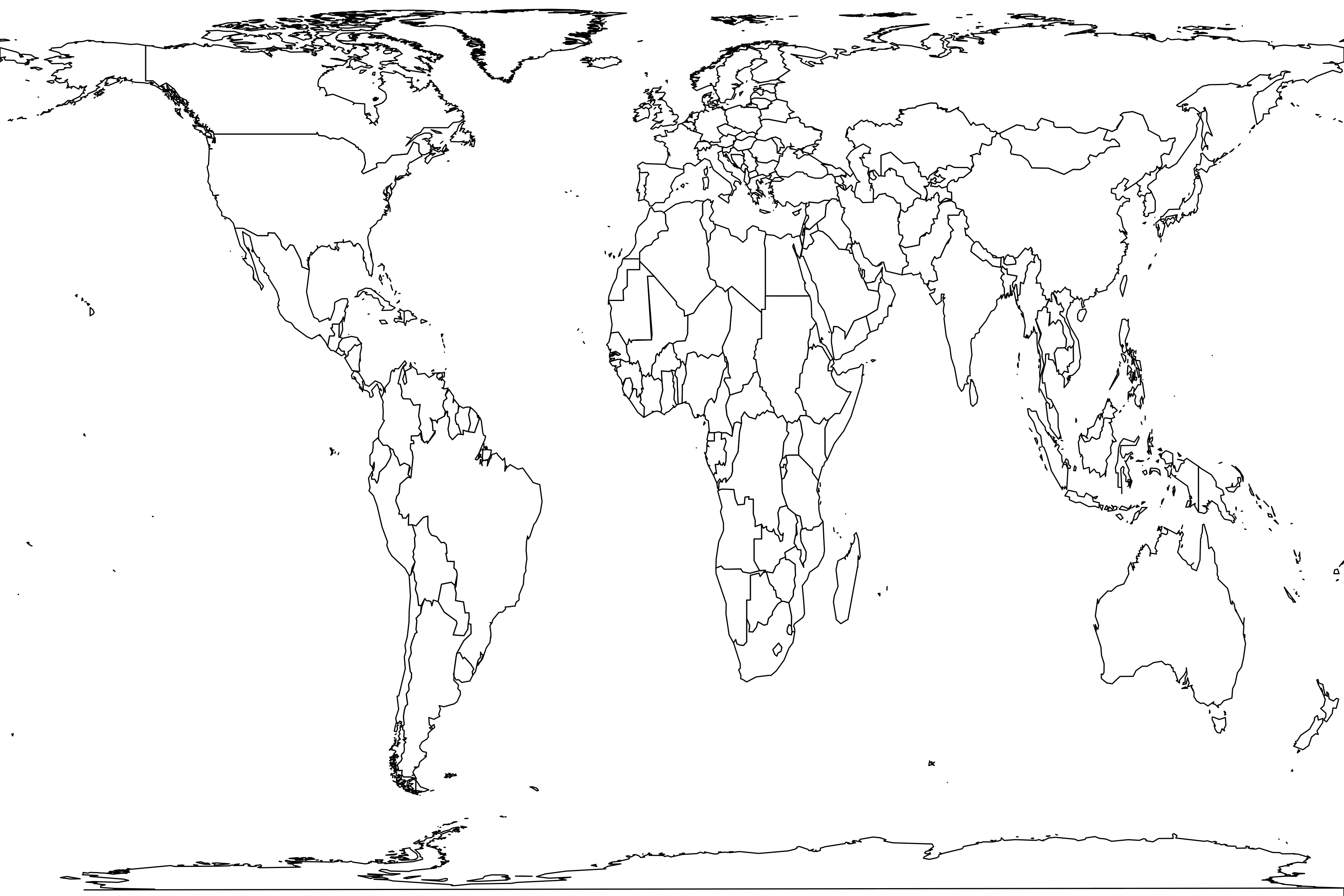Ban Rai rockshelter
Basic information
Sample name: Ban Rai rockshelter
Reference: R. Shoocongdej and A. Wattanapituksakul. 2020. Faunal assemblages and demography during the Late Pleistocene (MIS 2-1) to Early Holocene in Highland Pang Mapha, Northwest Thailand. Quaternary International 563:51-63 [ER 3710]
Geography
Country: Thailand
State: Mae Hong Son
Coordinate: 19° 31' N, 98° 31' E
Coordinate basis: based on nearby landmark
Time interval: Holocene
Max Ma: 0.0106
Min Ma: 0.00725
Age basis: radiocarbon (uncalibrated)
Geography comments: "Ban Rai rockshelter is situated on the southern edge of a steep-side river valley, about 2–3 km to the west of the nearest village, Ban Rai, at an elevation of approximately 740–760 m above sea level and 200 m from the present-day location of the Lang River".
Radiocarbon dates for the excavated layers range from 10,600 BP to 7,250 BP.
Radiocarbon dates for the excavated layers range from 10,600 BP to 7,250 BP.
Environment
Lithology: not described
Taphonomic context: human accumulation,rock shelter,settlement
Archaeology: burials,stone tools
Habitat comments: "The site is located near the summit of a Lower Carboniferous limestone valley and is a circular sinkhole, 105 × 142 m across. The surface of the rockshelter has evidence of a large rock fall and the presence of log coffins, while the eastern wall exhibits rock paintings".
The stratigraphic profile can be characterized by a sequence of two successive settlement phases. The first (Unit 1), represented by the lower part of the sequence, contains no faunal remains nor any lithic assemblages. The second (Unit 2), the upper part of the sequence, "yielded the remains of a human burial and settlement". The lithic assemblage here consists of at least 9,800 items, which include "sumatraliths, short axes, waisted cores and flakes, and utilized cores and flakes".
The stratigraphic profile can be characterized by a sequence of two successive settlement phases. The first (Unit 1), represented by the lower part of the sequence, contains no faunal remains nor any lithic assemblages. The second (Unit 2), the upper part of the sequence, "yielded the remains of a human burial and settlement". The lithic assemblage here consists of at least 9,800 items, which include "sumatraliths, short axes, waisted cores and flakes, and utilized cores and flakes".
Methods
Life forms: carnivores,primates,rodents,ungulates,other large mammals,birds,lizards,turtles,fishes
Sampling methods: quarry,screenwash
Sample size: 282 specimens
Years: 2001
Sampling comments: "In 2001, the Highland Archaeology Project selected three areas for excavation, from the center of the rockshelter to the eastern wall: Area 1 (28 m2 trench), Area 2 (24 m2 trench) and Area 3 (16 m2 trench). The largest number of excavated finds originates from Area 3, while Area 1 and Area 2 have far lower densities".
The register below corresponds to the faunal remains uncovered from Area 3, the most recent area of the site, corresponding to the second cultural layer (Unit 2).
The register below corresponds to the faunal remains uncovered from Area 3, the most recent area of the site, corresponding to the second cultural layer (Unit 2).
Metadata
Sample number: 3927
Contributor: Benjamin Carter
Enterer: Benjamin Carter
Created: 2022-03-25 15:44:24
Modified: 2022-03-25 23:30:52
Abundance distribution
29 species
10 singletons
total count 282
geometric series index: 53.5
Fisher's α: 8.106
geometric series k: 0.8650
Hurlbert's PIE: 0.8954
Shannon's H: 2.6528
Good's u: 0.9646
Each square represents a species. Square sizes are proportional to counts.
• Find matching samples
Register
| Nycticebus sp. | 1 | |
| Macaca mulatta | 13 | 8.0 kg folivore-frugivore |
| Macaca arctoides | 12 | 11 kg |
| also 231 Macaca sp. | ||
| Trachypithecus phayrei | 1 | 6.6 kg |
| also 69 Colobinae indet. | ||
| Hylobatidae indet. | 10 | |
| Ursus thibetanus | 1 | 63 kg browser-frugivore |
| also 3 "Ursus spp." | ||
| Arctonyx collaris | 1 | invertivore |
| Arctictis binturong | 1 | 10 kg frugivore |
| Panthera sp. | 2 | |
| also 7 Felidae indet. and 20 Carnivora indet. | ||
| Elephas sp. | 4 | |
| Rhinocerotidae indet. | 10 | |
| Sus scrofa | 10 | 54 kg herbivore |
| Muntiacus sp. | 10 | |
| Cervus unicolor | 30 | 100 kg browser-grazer |
| "Rusa unicolor"; also 16 Cervus sp. "Panolia/Rusa sp." | ||
| Axis sp. | 18 | |
| also 6 Cervidae indet. | ||
| Bubalus arnee | 5 | |
| Bos gaurus | 2 | 481 kg |
| also 6 Bos sp. | ||
| Capricornis sumatraensis | 8 | 118 kg |
| Callosciurus finlaysonii | 1 | |
| Pteromyini indet. | 1 | |
| Leopoldamys sabanus | 1 | 338 g frugivore-insectivore |
| Bandicota sp. | 2 | |
| Rhizomyinae indet. | 8 | |
| Hystricidae indet. | 17 | |
| also 14 Rodentia indet. | ||
| Manis sp. | 1 | |
| Aves indet. | 1 | |
| Lacertilia indet. | 3 | |
| Testudines indet. | 50 | |
| Cyprinidae indet. | 58 | |


